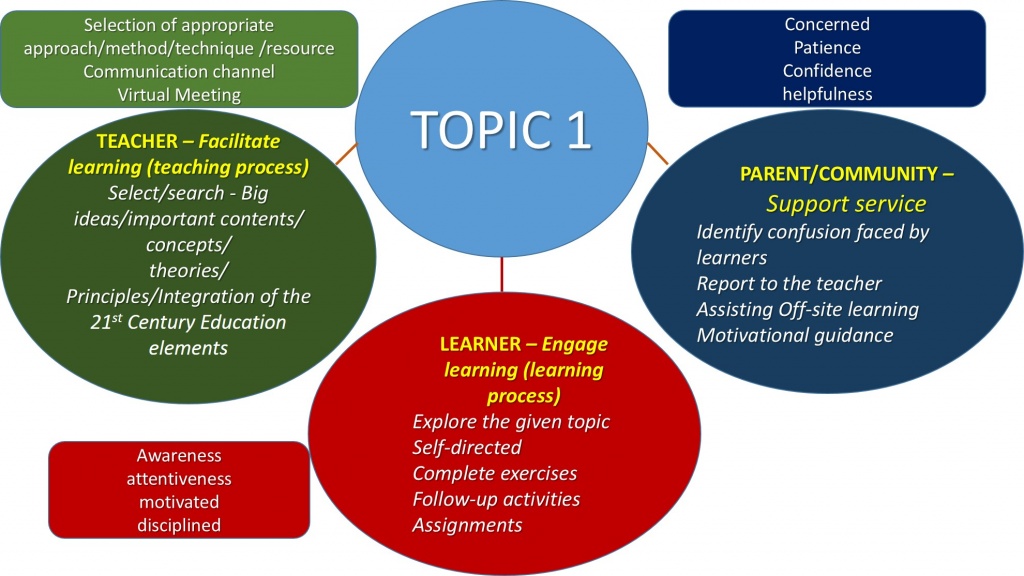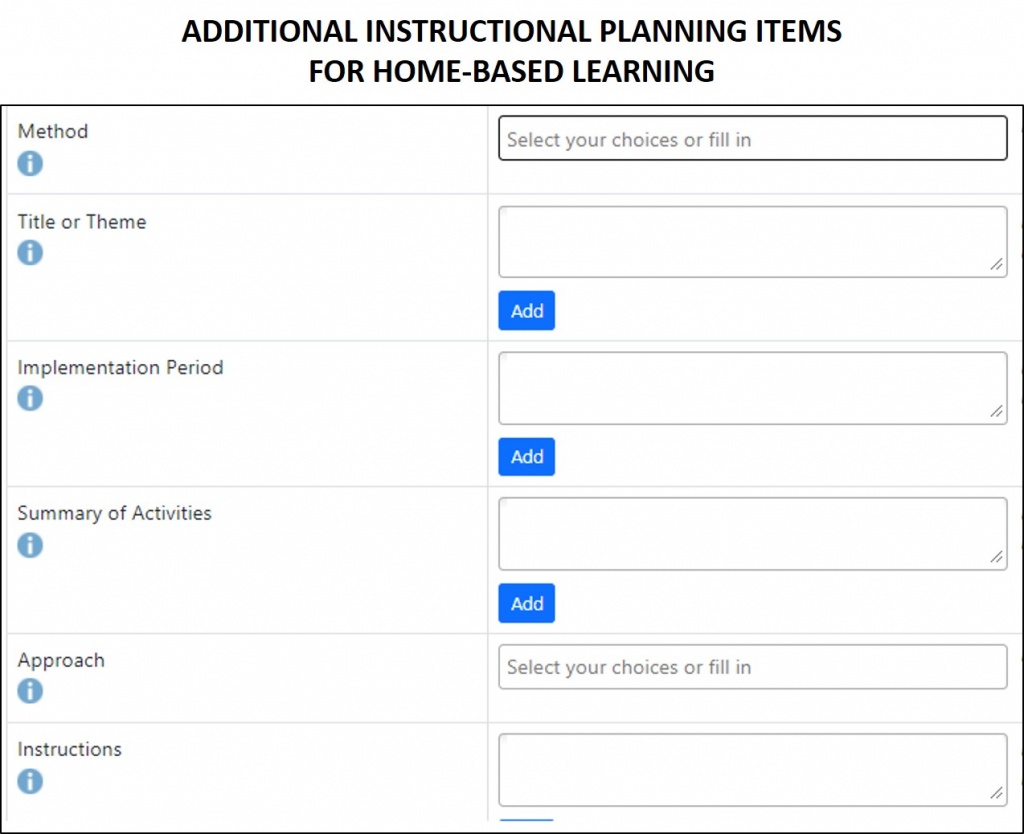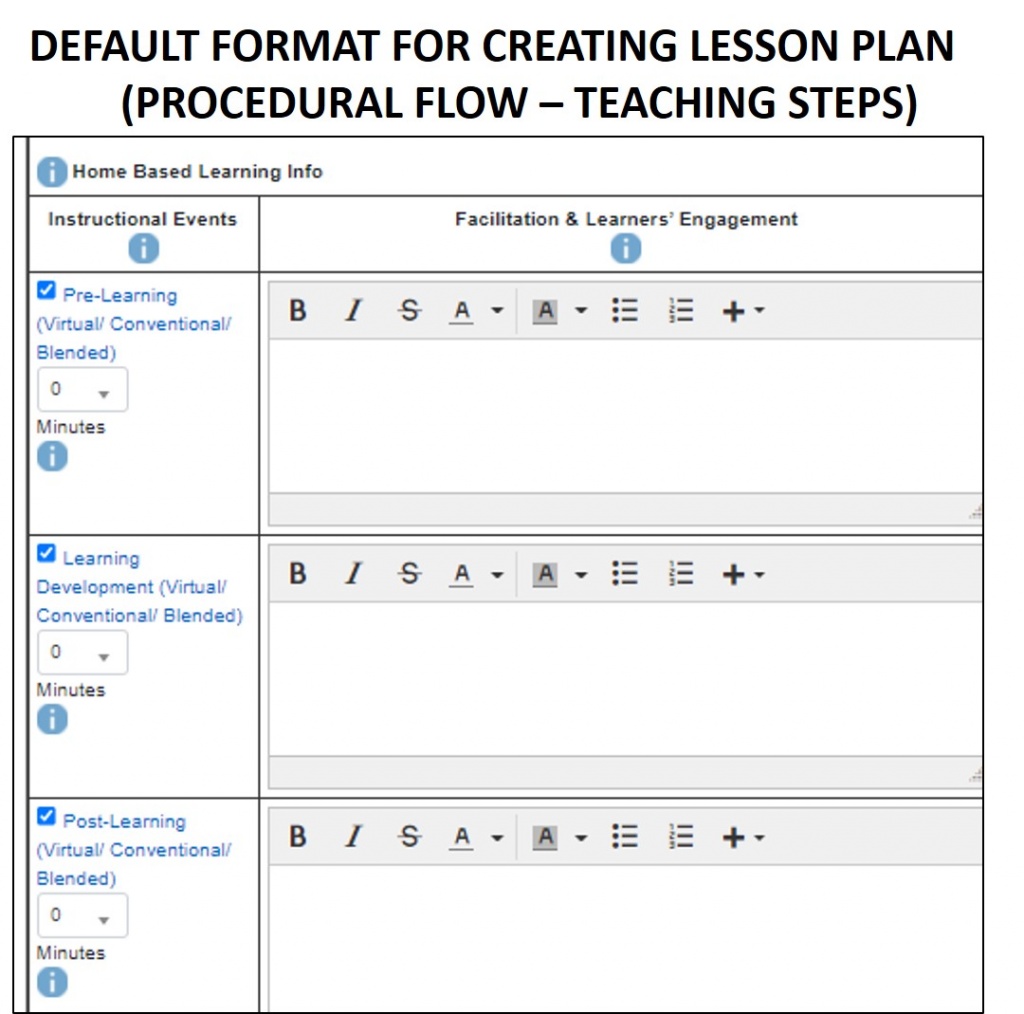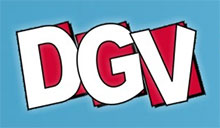MAPPING THE TEACHING AND LEARNING STRATEGIES:
AN APPROACH TOWARDS THE EFFECTIVENESS OF HOME-BASED LEARNING (HBL)
DESIGNING & IMPLEMENTATION PROCESS
“Effective online instruction depends on learning experiences that are appropriately designed and facilitated by knowledgeable educators”
INTRODUCTION
There are many existing pedagogical terminologies and methodologies for online learning either focusing on peer learning (peeragogy) – a collaborative work among the students, self-directed learning (heutagogy) – an independent self-access learning, while an exploration of cyberspace with sophisticated communication features that facilitate learning (cybergogy) is in practiced. However, There it is not been proven which “gogy” is more effective that the other for best practices. Steele, Holbeck & Mandernach (2019), from Grand Canyon University, argued that what is coined “best practice” in the pedagogical literature differs as a function of disciplinary content, education level, and instructional style. As such, it is possible that there simply is no “best practice”. Hence, analyzing all aspects in all “gogy” and determines which aspect is relevant for the student, is the wise choice for considering the “best practice” for that particular learning situation.
DEFINITION
- Teaching & Learning Maps is a graphic organizer that highlights the knowledge, skills, and big ideas that students should get from a lesson, unit, or course.
- The map depicts the most important information to be learned by learners /delivered by teachers and how the different pieces of learning are connected.
https://us.corwin.com/sites/default/files/upm-binaries/52517_Knight_04.pdf
AIM
To ensure the objectives of the home-based learning (HBL) process are achieved, teachers can apply various approaches in fulfilling the learners’ needs while learners will successfully experience an effective online learning process. The mapping of teaching and learning strategies is introduced to accomplish the aim.
Four (4) suggested basic skills in managing the home-based learning are listed and described as follows to help teachers in their planning and conducting classes. However they may continue applying the existing skills as long as the aim is accomplished.
Skill 1: Mapping the teaching & learning strategies
Skill 2: Selection of Instructional Media
Skill 3: Producing Instructional Media (Video clip)
Skill 4: Organizing the lesson plan activities – a proposed format to plan and deliver lesson
BASIC REQUIREMENTS
- Possessing a good pedagogical knowledge & skills of the 21st Century Education
- Sufficient knowledge and skills in ICT particularly in conducting virtual learning
- Ability to integrate the important elements of the 21st Century learning into a virtual learning environment
IMPLEMENTATION OF HBL
- Although the teaching & learning process in HBL is different compared to regular classes, it should be integrated/complemented/adapted with pedagogical aspects (termed as cybergogy in the current situation) in the new norms.
- Hence, various techniques/methods/approaches of learning (especially the elements in 21st Century Education) should be integrated wisely and delivered creatively in HBL both in instructional planning as well as in learning/implementation sessions.
- This is important so that the concept of “Student Development” (holistic personality) in education will be able to sustain and achieved instead of purely gaining knowledge of the subject studied.
- CIDS provides elements/techniques/methods/approaches of the 21st Century Learning based on Four Dimensional Education, (Fadel, Trilling, Bialik, 2015, 2019) Center for Curriculum Redesign, US that make it easier for users to select appropriate items and create ideas towards designing HBL activities according to the learners’ attributes.
SKILL 1: TEACHING & LEARNING MAPPING PROCESS IN HOME-BASED LEARNING (HBL)
An example of the teaching and learning mapping process has been analyzed, constructed, and summarized as follows:
Procedures:
- Mapping of the topic/unit of the subject
- What topics should be chosen?
- Refer to Curriculum Standard
- Based on priority-big ideas/important contents/main contents/concepts/theories/principles of a subject taught that need a deeper understanding
- Selection of an appropriate instructional media
- Digital & non-digital materials
- Communication channel
- synchronous learning
- asynchronous learning
Role
- Teachers– select and integrate the following aspect in planning & implementing the lesson as the result of the mapping process
- Big ideas/important contents/concepts/theories/principles of the subject through various techniques from the pedagogical aspect
- The elements of 21st Century Education must be integrated and adapted in the HBL to achieve the “Student Development” process.
- Learners
- Explore the given topic
- Complete exercises (quizzes, short assignment)
- Additional follow-up assignments (appropriate for various groups of learners)
3. Parents/community: (support services)
- Identify the confusion faced by the pupils
- Report to the teacher any confusion faced by the children.
- Give motivational guidance
SKILL 2: SELECTION OF APPROPRIATE INSTRUCTIONAL MEDIA (RESOURCES)
Consider the following resources for selection:
Digital material – Materials from YouTube, Google classroom, or other related sites.
- Non-digital material – Modules (collection of learning packages according to a specific period) – additional materials in various forms according to the suitability of learners.
- Images/graphics from various sources
- Materials for assessment – quizzes,
- Mind map/other forms of the graphic organizer – facilitates understanding of the topic
COMMUNICATION CHANNELS
Consider the following communication channels for selection:
- Virtual chat – CIDS-VideoCorps (a feature of CIDS), Google Meet, Zoom, & other compatible apps.
- Interaction sites-CIDS- e-forum/chat (a feature of CIDS) Google Classroom or any other suitable site.
- Module developing & assessing – CIDS-Flipped Learning (feature from CIDS) -is based on the Moodle application.
PROPOSED IMPLEMENTATION OF VIRTUAL MEETINGS
Consider the following alternatives for selection:
For Online Learning (CIDS-VideoCorps, Google Meet, or any other application) the following should be noted:
- Select important topics as a result of the mapping process.
- Consider the learners’ profile of (learners’ characteristics, learners’ psychometric test profiles).
- Use the specific illustration to facilitate learning/enhance understanding:
- Mind map
- Concept map
- Graphic organizer
- Live demonstration:
- Body movement
- Experiment
- Real object
- Surrounding views
CIDS-VideoCorps communication channel allows users to use 2 cameras for laptops (built in & external camera) while front & back camera for mobile phone. This feature may allow teachers to explore the best possible technique in providing the different angles in the teaching & learning process to the learners.
- Links to various sources
- E-Room to interact – chat, etc.
- Follow-up activities – assign appropriately (too many exercises & homework will burden the learners as well as creating parental grievances)
For Off-line learning:
Consider the following suggestions for selection
Select important topics as a result of the mapping process.
- Learning materials (in various forms) should be easy to follow and understand.
- Instructions should be clear to students and parents:
- Selection of materials/ readings for the session should be available
- Assessment materials appropriately constructed to attend differentiated learners’ group
- References are listing up (from textbooks & other sources)
For Off-Site learning (subject to terms & conditions)
Consider the following suggestions for selection
- Select important topics as a result of the mapping process.
- Consider differentiated learning approach (the capacity of the room used which may require the rotation of the group of learners)
- Consider appropriate pedagogical approaches to the learning topic and learners’ characteristics.
- Materials – non-digital & digital materials
- Sufficient exercises & references
Exhibit 1 – Mapping subject – focusing on important topic to be delivered

Exhibit 2 – Mapping the content to be delivered by teacher or independently engaged by learners

Exhibit 3 – The Collaborative Role of Teachers, Learners, Parents (community) in Home-Based Learning mode of learning

VIDEO CLIP: USER GUIDE
Video clips may be produced by teachers (via YouTube) or by authorized TV broadcasting channels.
Listed below are the attributes of video clips and their usability in the specific learning situation.
Situation 1 – Video clip featuring a teacher teaching full topic – from beginning to closure)
Appropriate: To upload to YouTube for students to study at home (asynchronous learning – not in the live visual meeting) probably within the time frame set by the teacher.
Less appropriate: If the video clip is produced by another teacher/another school. It may not meet the lesson objectives with a specific target group unless consideration has been made which indicates its suitability.
Not appropriate: If this kind of video clip is shown in the online lesson (synchronous learning) the students will feel bored especially those who are in primary or lower secondary school students (K1 to K9).
The exceptions:
- Teachers may need to drag the sliding bar of the video clip at a certain related scene, or pause and give an explanation before continuing the next scene.
- Edit the video – select the appropriate scenes only (subject to the terms & conditions of the copyright).
- Editing can be made easily through a PowerPoint application without using sophisticated editing software.
Situation 2- Video clip that focuses on one particular aspect of learning. The duration is usually less than 5 minutes.
Appropriate: The video clip serves as a means to create a deeper understanding of the topic. It explains the concept/function in the form of animation.
- Useful in an online lesson (synchronous learning)
- Help teachers in explaining the concept of the topic
- Motivate learners
- It can repeatedly replay due to its duration and content.
SKILL 3: PRODUCTION OF VIDEO CLIP:
Self -recorded video clips (with musical background or voice over – depends on the teachers’ capabilities)
-
- It should have certain qualities (picture & sound) for its effectiveness.
- Preferably video clips with animations that show/demonstrate a certain process
- Try to avoid a full teaching lesson if it is intended to be displayed in a synchronous learning mode (exp. via live google meet) as mentioned before.
Video clips from YouTube or other sources
- Search video clips that specifically explained the intended learning topic/ objectives.
- Video clips with rich visuals/animation are recommended to gain learners’ attention and understanding of the lesson.
- Avoid “long-winded” video clips – it may demotivate learners.
Suggestions – Teachers are encouraged to produce video clips (within their capabilities) in the form of descriptions/animation on a particular topic that will give a great learning impact to the learners. These types of video clips can be shared by all teachers for all levels of learners that are relevant to their learning.
Skill 4: ORGANIZING THE LESSON PLAN ACTIVITES – a proposed format to plan and deliver lesson
Upon completing the mapping technique, teachers need to create a lesson plan –documentation that displays the procedural flow of teaching and learning (teaching steps) to take place for personal used and administrative purposes.
CIDS provides a default format for Home-based learning (customizable) to help teachers in instructional planning.
- Home-based learning (planning & implementation) can take place in 3 modes/approaches:
- Virtual – Online learning/digital materials/self – phase learning with digital materials
- Conventional – face to face with students / parents / non -digital materials
- Blended/hybrid – a mixture face to face interaction with teacher/instructor/community volunteer (at an approved premises) and online learning.
While the instructional events (teaching steps) in designing the lesson can occur in 3 stages:
-
- Pre -Learning (Virtual/Conventional/Blended)
- Learning Development (Virtual/Conventional/Blended)
- Post -Learning (Virtual/Conventional/Blended)
Below are suggestions on how the planning should be written.
Level 1: Pre -Learning (Virtual/Conventional/Blended)
Brief description of the preparation for the implementation with strategical approaches (method/technique) before the actual learning takes place.
Example:
- An important topic to be delivered – as the result of subject mapping
- Type of material – digital/non -digital (modules/worksheets/etc.)
- Non-digital material – how it is distributed (home delivery/school as collection center
- Digital material – media channel – google classroom/WhatsApp./etc.)
Level 2: Learning Development (Virtual/Conventional/Blended)
Brief description of how the lesson/ flow of procedures/activities is conducted with various pedagogical approaches.
Example: Briefly describes the following requirements:
- Live activities (virtual face -to -face) using specific communication channels.
- important content that should be known & understood by learners as a result of the mapping
- instructional media to be used
- materials that learners should download
- interactions that are expected to occur
2. Learners self -learning activities
- Reference materials/materials from google classroom etc.
- Follow-up activities that need to be performed by learners
(Activities /approaches /strategies should be interesting and appropriate for various groups of learners)
Level 3: Post -Learning (Virtual/Conventional/Blended)
Teachers may write the follow-up activities which are relevant to their learners
Example:
- Additional learning through digital/non -digital modules/materials
- Give information on the topic/activity that will be implemented in the next learning session
- Describe the preparations for the next session
Exhibit 4 – Instructional profiles which has additional planning items for HBL

Exhibit 5 – HBL format for creating instructional activities (teaching steps)

